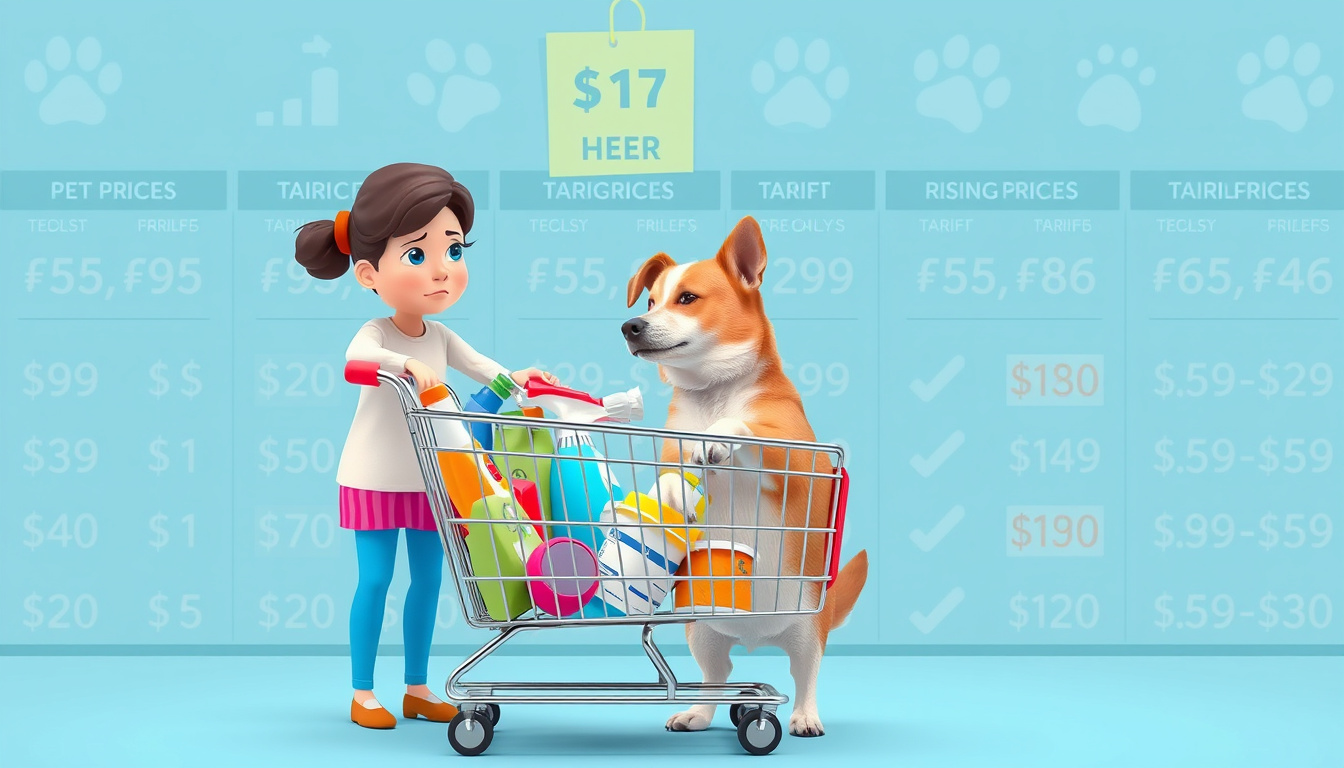
How Tariffs Are Likely to Impact Pet Care Prices
Understanding Tariffs and Their Effect
Tariffs change pet care prices. They are taxes on goods from other countries. These taxes push up the costs of pet food, toys, accessories, and vet care. Pet owners love their furry friends and may change their budgets soon. Companies face a choice. They either pay the extra cost or transfer it to buyers. Jessica Roy of the San Francisco Chronicle says higher tariffs cut imports and boost retail prices. One strong example comes from airlines. Baggage fees rose and never went back down after the crisis.
The Cost of Pet Food
Experts say pet food prices will rise. The increase may be lower than prices of toys or accessories. Assistant Professor Matthew MacLachlan shows that the United States exports pet food more than it imports. Still, tariffs change the price tag. Some products, especially from tariff-hit countries, could become much more costly. Pet food uses corn meal and other materials from around the world. When foreign tariffs rise, U.S. pet food may cost more abroad. This extra cost may leave a surplus at home. MacLachlan warns that supply chain issues may push domestic prices upward. Jessica Roy also notes that companies might reduce package sizes or quality. This drop in size and quality is known as shrinkflation and skimpflation.
Price Increases for Pet Toys
The pet toy market depends on imports. Ninety-three percent of U.S. pet toys come from China. This fact makes the market sensitive to tariffs. Rising manufacturing costs may stop companies from lowering prices. Pet owners may cut back on toys when prices rise. This change may lower toy availability in stores.
Veterinary and Pet Service Costs
Tariffs also raise costs in veterinary care. Vet clinics and pet services buy many parts from abroad. Christopher Eaglin from Duke University explains that labor and rent might stay steady. Still, foreign supplies cost more due to tariffs. This extra cost can push up the price of pet care services.
The Longevity of Price Changes
No one is sure how long high prices will last. Experts like Jessica Roy remind us that tariff rules change fast. Price swings may follow these rule changes. Christopher Eaglin hopes that lifting tariffs could calm prices. History shows that prices usually stay high once they rise. MacLachlan adds that supply chains could adapt over time. Companies might find better trade deals or boost U.S. production.
Strategies for Consumers
Pet owners might need new tricks to manage costs. They can compare prices for pet food and supplies. Buyers should watch out for shrinkflation or skimpflation. Such signs may mean that the price is steady but the quality or amount drops.
Conclusion
Tariffs affect pet care in many ways. Pet owners must learn these changes to manage their budgets well. Understanding the new price rules can help keep pet care both affordable and accessible.
contact mindful ai media creations here: mindfulaimedia@gmail.com

No comments:
Post a Comment